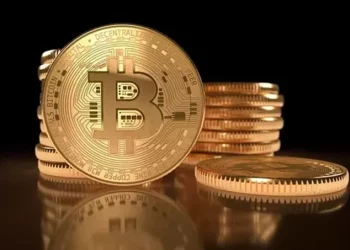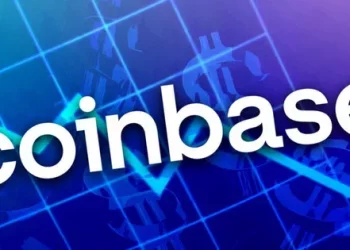In the bustling world of cryptocurrencies, where innovation intersects with financial opportunity, the rise of digital exchanges has been nothing short of meteoric. However, amidst the legitimate platforms facilitating seamless trading experiences, a shadowy presence lurks – the specter of fake crypto exchanges. But are these entities real, and if so, how do they operate? Let’s embark on a journey to explore the landscape of fake crypto exchanges.
The Mirage of Legitimacy: Creating Illusions
Like mirages in the desert, fake crypto exchanges present themselves as legitimate platforms, luring unsuspecting users with promises of easy profits and seamless trading experiences. Picture it as a deceptive storefront in a bustling marketplace – from the outside, everything may appear genuine, but behind the façade lies a web of deceit and manipulation. These fake exchanges mimic the branding, user interface, and functionality of legitimate platforms, making it challenging for users to discern their true nature.
The Anatomy of a Scam: How Fake Exchanges Operate
Fake crypto exchanges employ a variety of tactics to deceive users and defraud them of their funds. Picture it as a sophisticated heist orchestrated by cybercriminals – from phishing attacks and fake websites to Ponzi schemes and exit scams, the methods used by these entities are as diverse as they are deceptive. Some fake exchanges lure users with promises of unrealistically high returns on investments, while others exploit vulnerabilities in security protocols to siphon funds from unsuspecting users’ accounts.
Red Flags: Signs of Suspicion
Despite their best efforts to conceal their true identities, fake crypto exchanges often leave behind subtle clues that can alert users to their nefarious intentions. Picture it as warning signs along a treacherous path – suspicious domain names, unverified contact information, poor grammar and spelling on websites, and lack of regulatory compliance are all red flags that should raise suspicion. Additionally, users should exercise caution when dealing with exchanges that offer unsolicited investment opportunities or pressure them to deposit funds quickly without conducting proper due diligence.
Protecting Yourself: Tips for Avoiding Fake Exchanges
As the saying goes, “forewarned is forearmed.” To protect themselves from falling victim to fake crypto exchanges, users should follow these essential tips:
Do Your Research:
Before signing up or depositing funds on any exchange, conduct thorough research to verify its legitimacy. Check reviews, ratings, and user feedback on reputable cryptocurrency forums and review websites.
Verify Credentials:
Ensure that the exchange is registered and licensed to operate in its jurisdiction. Look for information about its regulatory status, security protocols, and compliance with industry standards.
Stay Vigilant:
Be wary of unsolicited emails, messages, or advertisements promoting investment opportunities or urging you to deposit funds quickly. Verify the sender’s identity and exercise caution when clicking on links or providing personal information.
Secure Your Assets: Always use secure passwords, enable two-factor authentication (2FA), and consider storing your funds in a hardware wallet or offline storage solution for added security.
Trust Your Instincts:
If something seems too good to be true or raises suspicion, trust your instincts and proceed with caution. It’s better to err on the side of caution than to fall victim to a scam.
Conclusion:
In conclusion, while the vast majority of crypto exchanges operate with integrity and transparency, the presence of fake exchanges underscores the importance of due diligence and vigilance in the digital asset space. By staying informed, exercising caution, and following best practices for security and risk management, users can protect themselves from falling prey to scams and fraudulent activities. As the crypto industry continues to evolve, maintaining a healthy skepticism and staying alert to potential threats are essential for navigating the ever-changing landscape of digital finance.
Related posts:

















